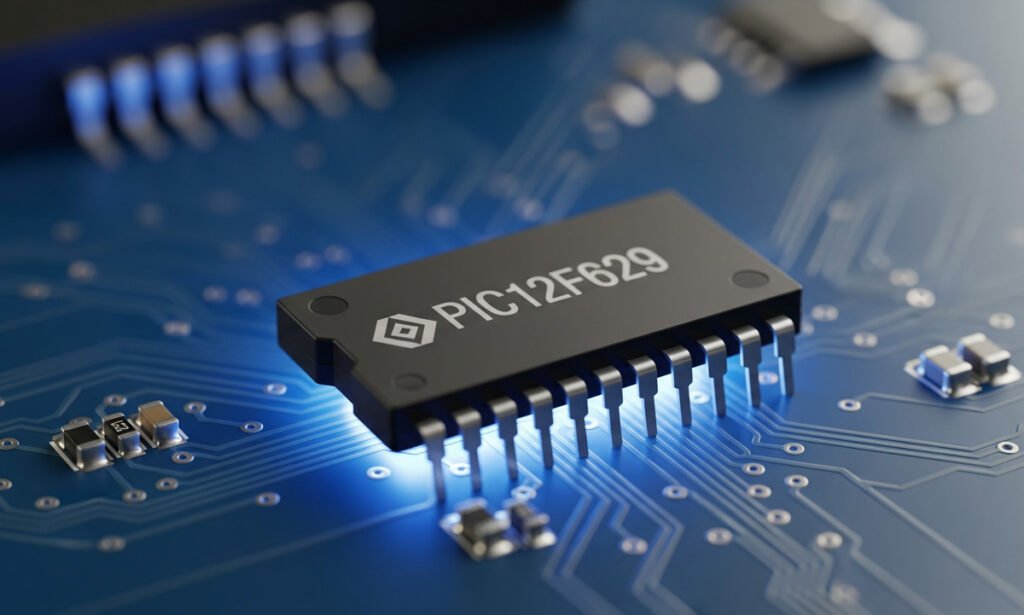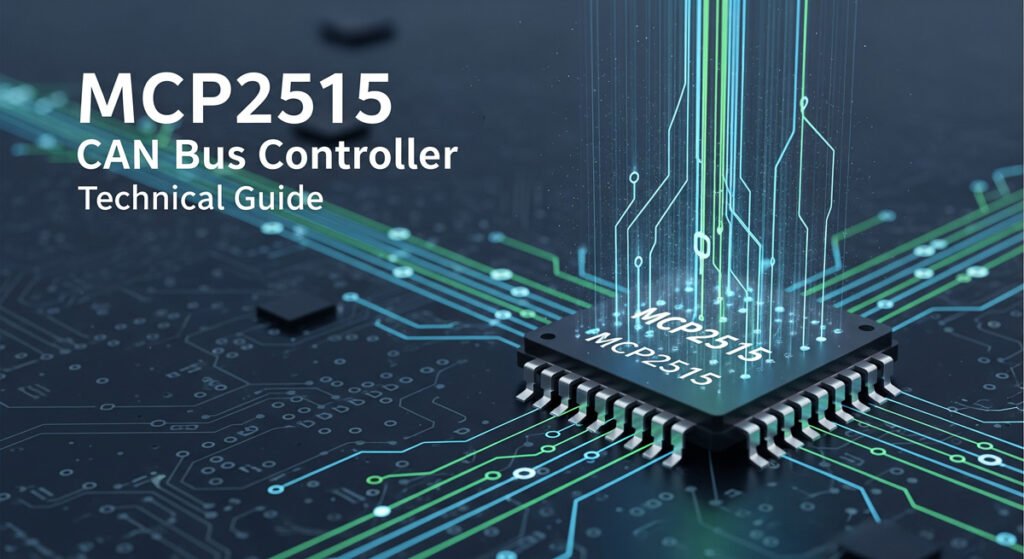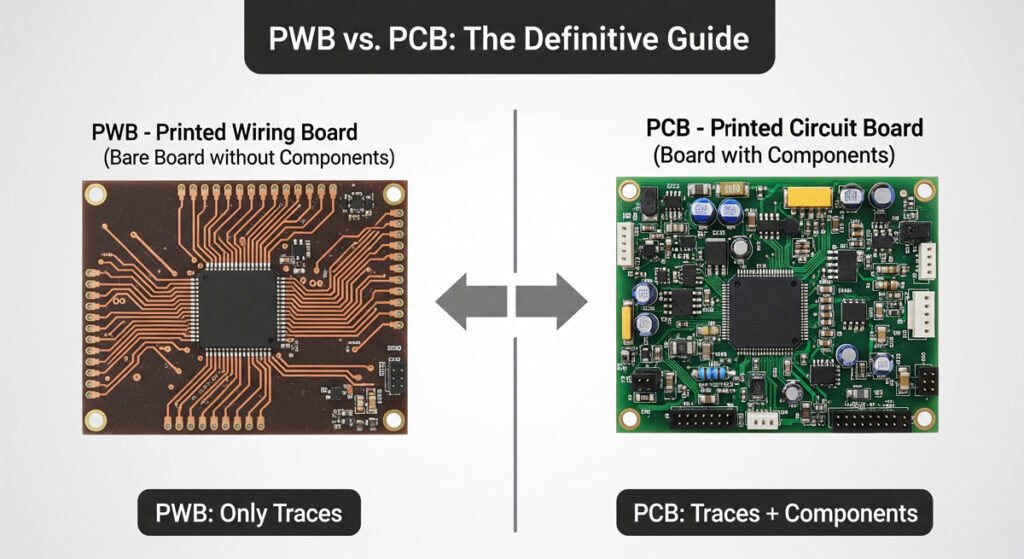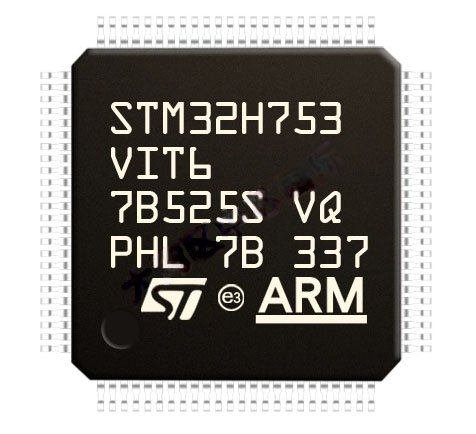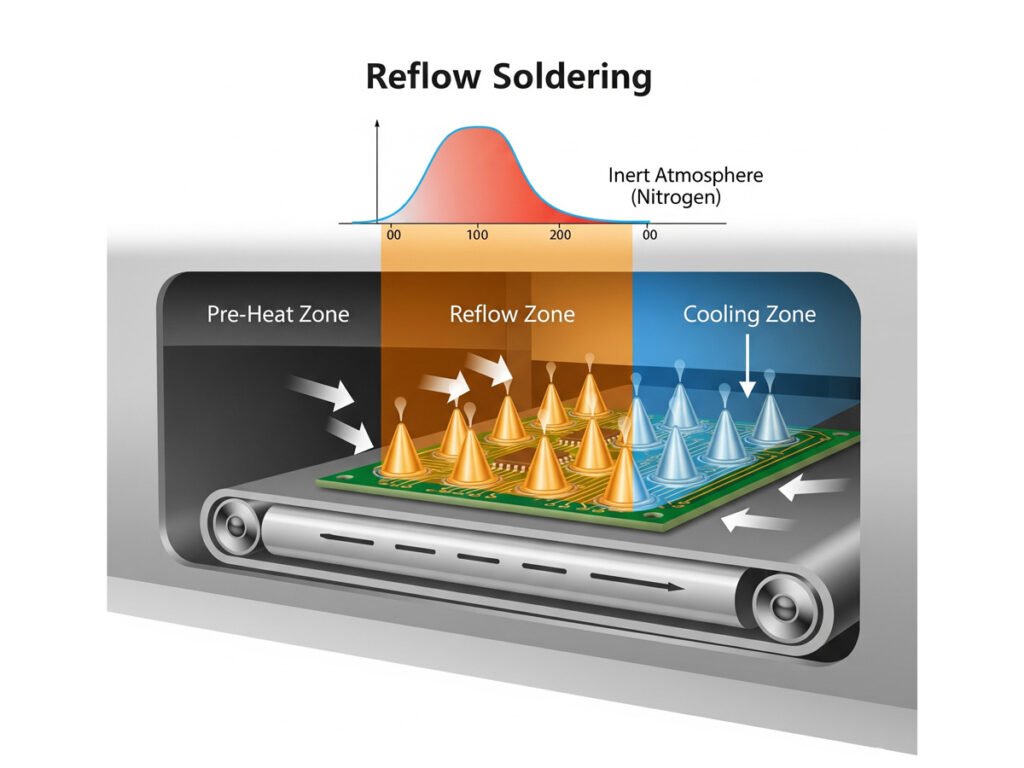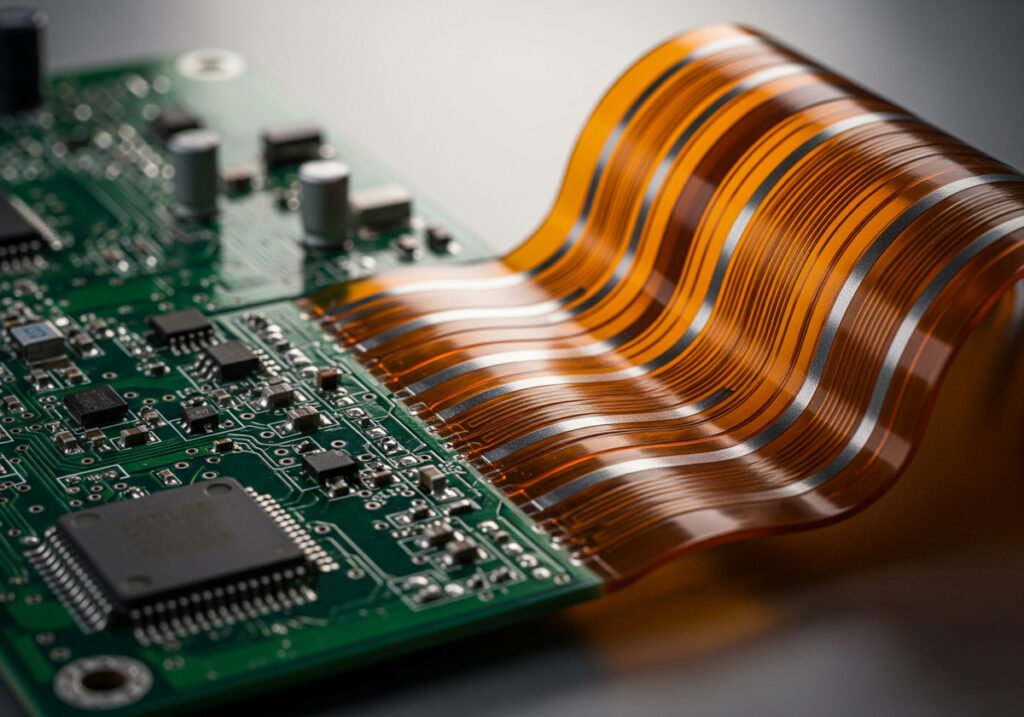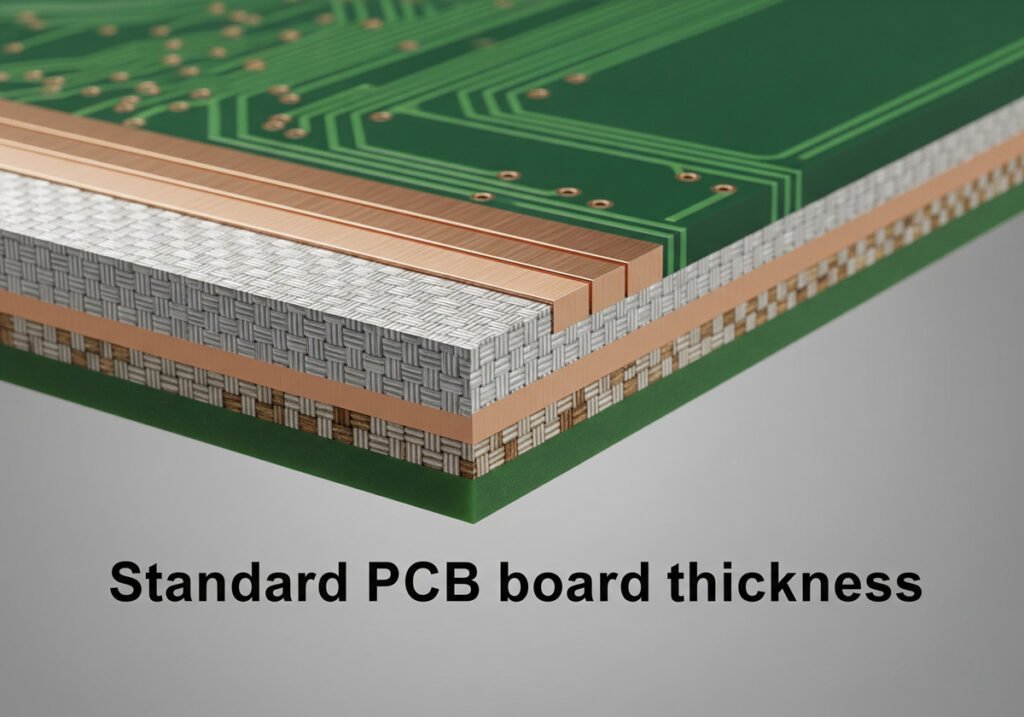PIC12F629 microcontroller
PIC12F629 Guide Introduction Core Specs Comparison Applications Projects Exploring the PIC12F629: A Big World in a Small Chip Welcome to the world of the PIC12F629. This 8-bit microcontroller from Microchip is small in size but powerful in function. This guide will take you on a deep dive into its core architecture, key features, applications, and […]
PIC12F629 microcontroller Read More »

